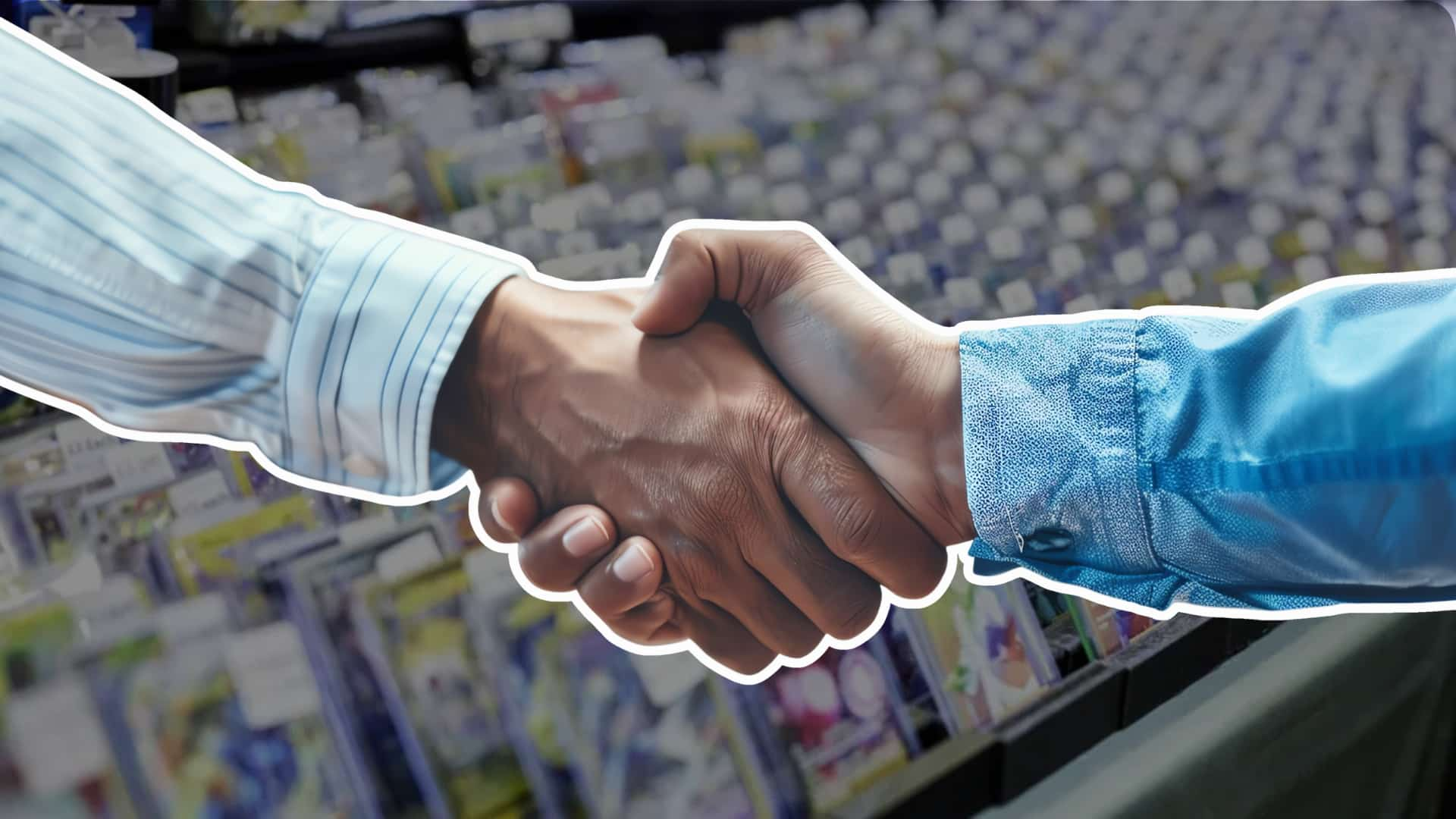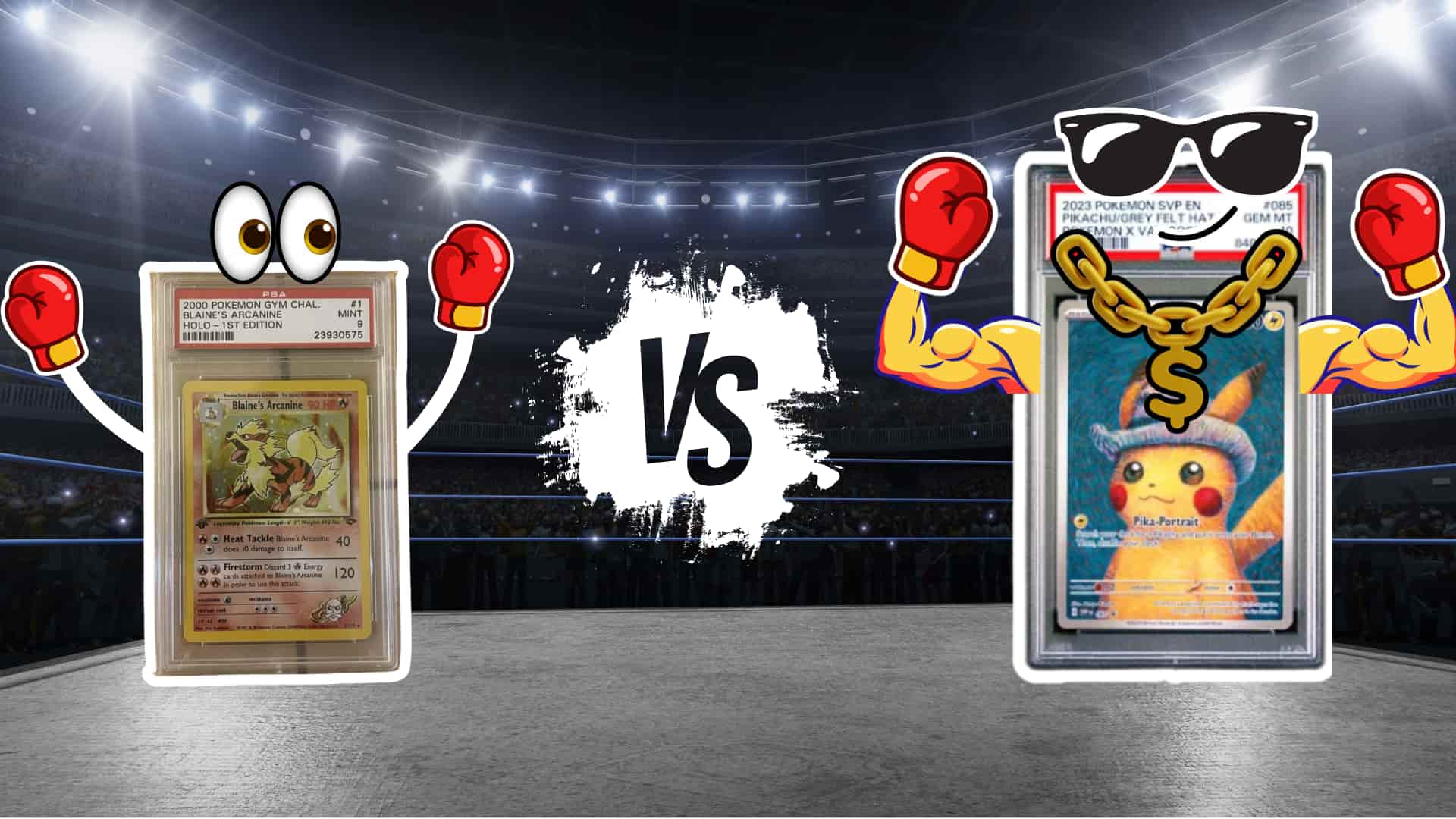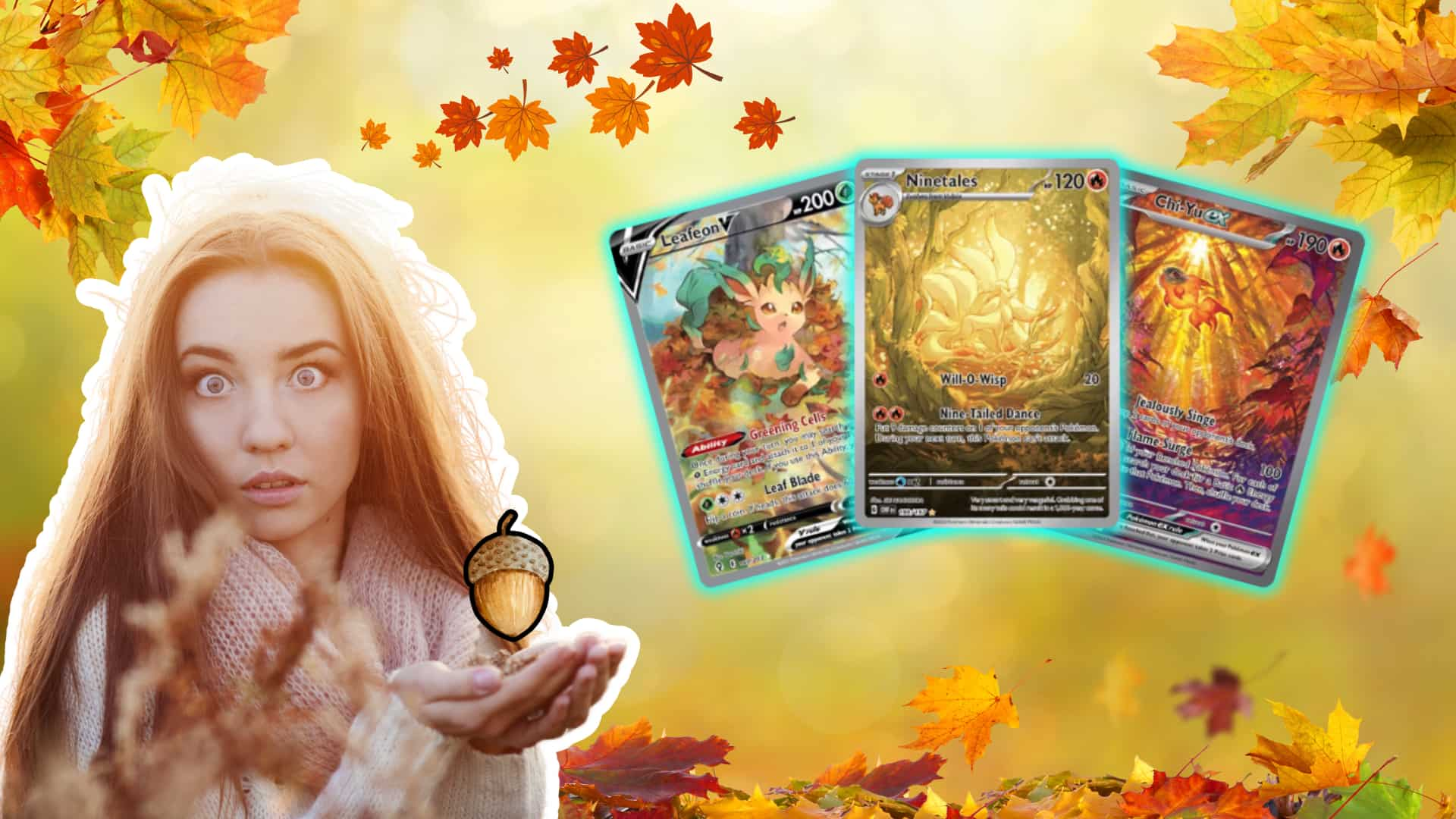Ever walked into a card show, felt the buzz in the air, spotted a grail card in a display case, and then saw the price tag? Your heart sinks a little. It’s priced like a 1st Edition Charizard, and your wallet is feeling more like a Magikarp. You stand there wondering, “Is that the final price, or is there some wiggle room?”
Let me tell you a secret that every seasoned collector knows: at a card show, the sticker price is just the start of the conversation. Haggling isn’t just allowed; it’s expected! It’s a friendly battle of wits and knowledge, and if you’re not up on all the different terms and jargon, it can feel intimidating. But with the right strategy, you can walk away feeling like you just won the Pokémon League Championship.
So, grab your backpack and your trade binder. We’re going to break down everything you need to know to negotiate like a pro, turning you from a nervous buyer into a confident deal-making master.
Pre-Show
The best deals are won before you even step onto the convention floor. Walking in unprepared is like sending a Caterpie up against Mewtwo—it’s not going to end well. A little prep work is your secret weapon.
Set Your Budget (and Stick to It!)
This is your most important rule. It’s easy to get swept up in the excitement and start spending like a madman. Decide on a firm budget before you go. A pro tip? Bring cash. Handing over physical bills makes your spending feel more real and helps you stick to your limit. Leave the credit card at home if you have to! Think of your budget as your team of six Pokémon—once they’re all used up, the battle is over. It’s also smart to set aside a small portion of your budget (maybe 25%) for “shiny hunting”—those unexpected, amazing deals you stumble upon.
Create Your “Pokédex” of Wants
Don’t just wander aimlessly. Create a prioritized want list. What are the top 3-5 cards you absolutely need for your collection? These are your primary targets. For each one, do your homework. Your smartphone is your best friend here. Before you even step foot in the venue, you should be checking recent sales data, or “comps,” and understanding what makes a Pokémon card valuable. Use tools like eBay’s sold listings, 130point.com, and of course, our own resources here at Card Codex to get a clear picture of what your target cards are actually selling for. A good goal is to aim for a price that’s around 85-90% of those recent comps.
Pack Your Battle Gear
Every trainer needs the right items in their bag. Here’s your checklist:
- Cash: We’ve said it before, but it’s that important. Dealers love cash because it’s fast and avoids transaction fees. A stack of cash can be a very persuasive negotiating tool. Bring a mix of large and small bills.
- A “For Trade” Binder: This is your secondary currency. Fill a binder with cards you’re willing to part with. Crucially, these should not be your prized personal collection cards. Stock it with popular, easy-to-sell cards that dealers will actually want, because as you know,(https://card-codex.com/blog/your-pokemon-card-collection-isnt-an-atm-a-liquidity-reality-check/) and liquidity is key. A dealer is more likely to give you good trade value for a hot rookie or a popular alternate art card than an obscure player from the 90s, as they need to know where to sell Pokémon cards quickly.
- The Essentials: A backpack, a portable phone charger (for all that price checking!), penny sleeves and toploaders for your new treasures, and some snacks and water. A long day of hunting can be exhausting!
On-the-Floor
You’ve done your prep work. Now it’s time to enter the arena. This is where your social skills and strategy come into play.
Build Rapport: It’s Super Effective!
Dealers are people too, and many are just as passionate about the hobby as you are. Don’t just walk up, point at a card, and bark, “How much?” Start a conversation!
- Smile and say hello.
- Compliment their setup or a card in their case.
- Ask them what they personally collect.
Building a genuine connection can be the difference between a standard 10% discount and a “hey, you’re cool, let me hook you up” price. Remember your etiquette, too: always ask before touching a card, handle it with care, and don’t monopolize a dealer’s time if they’re busy. And always be on the lookout for fakes, whether that means learning how to identify fake Pokémon cards or even(https://card-codex.com/blog/how-to-identify-fake-psa-slabs/).
The Opening Move
So you’ve found a card you want. You’ve checked your comps on Card Codex. Now what? It’s time to make an offer.
- Be Respectful, Not Rude: Don’t shove your phone in a dealer’s face to show them a lower price. Politely say something like, “This is a beautiful card! I’m seeing recent sales around [your target price]. What’s the best you could do on it today?”
- Start Reasonably: A fair opening offer is typically 80-90% of the card’s market value. Offering $20 for a card with a $100 sticker price is a lowball insult and will likely end the conversation.
- Use Flaws as Leverage (for Raw Cards): If you’re looking at an ungraded card, inspect it carefully. Understanding Pokémon card conditions is vital here. Notice a soft corner or a print line? You can politely point it out. “I see this corner is a little soft. With that in mind, would you be able to come down to [your offer]?”
The Combo Attack: The Power of the Bundle
Want a bigger discount? Buy more cards! Dealers want to move inventory. Selling three cards to one person is much more efficient than selling them one by one. Gather a few cards you’re interested in—maybe one from the showcase and a couple from the dollar bins—and make a single offer for the whole lot. You can even use a swift deal calculator to figure out a fair bundle price on the fly. A dealer will almost always be more flexible on price when you’re buying in bulk.
Know When to Use “Withdraw”
Sometimes, you and a dealer just can’t agree on a price. And that’s okay! Your strongest negotiating tool is your ability to walk away. If the price isn’t right, politely say, “I really appreciate you working with me, but that’s a bit outside my budget. Thank you for your time.” Don’t get emotional or fall victim to FOMO (Fear Of Missing Out). More often than not, another copy of that card will pop up. Sometimes, the very act of walking away will trigger a dealer to call you back with a better offer.
The Elite Four Negotiation Strategies
Ready to take your skills to the next level? Let’s get into the advanced mechanics of the deal.
Understanding Cash vs. Trade Value
Card shows have two currencies: cash and cards. They are not valued the same.
- Cash Value: This is what a dealer will pay you for your card. Expect 60-80% of its market value. They’re a business and need to make a profit when they resell it.
- Trade Value (TV): This is what your card is worth in a trade towards one of their cards. This is usually higher, and our guide on Pokémon card trade 80 percent value explained breaks this down perfectly.
Why the difference? Because when you trade, the dealer is still making a profit on the card you’re getting from them. A 1-for-1 trade based on eBay prices rarely works, because there’s nothing in it for the dealer, especially after they consider what their profit would be using an(https://card-codex.com/tools/ebay-fee-and-profit-calculator-for-trading-card-sellers/). A great way to bridge a price gap is with a “cash plus card” offer.
Reading the Dealer
Not all dealers are the same. Learning to identify who you’re talking to can give you a huge advantage.
- The High-Volume Grinder: Has a massive inventory and tons of value boxes. They’re all about moving cards quickly. Bundle deals are your best bet here.
- The High-End Specialist: Their case is full of expensive, graded “grail” cards. They know their stuff inside and out, from the differences in(https://card-codex.com/blog/psa-vs-bgs-vs-cgc-which-grading-company-is-right-for-your-tcg-cards/) to the nuances between old certs vs new certs. Approach them with data and be professional. They respect a knowledgeable buyer who has considered the potential returns with a grading card profit calculator.
- The Passionate Collector: This person is a collector first, dealer second. Their table might be a mix of for-sale items and their personal collection. Build rapport by talking about players or sets you both love. They might be more open to trades for cards they personally want, but don’t expect them to budge on a card they’re emotionally attached to.
The Post-Battle Handshake
You’ve struck a deal! Or maybe you haven’t. How you end the interaction is just as important as how you start it. If you made a deal, thank the dealer. If you had a great conversation, ask for their business card or social media handle. Building relationships is key in this hobby. The same dealers are at many shows, and they remember the friendly, fair collectors. If you couldn’t make a deal, be just as polite. A simple “Thanks anyway, have a great show!” keeps the door open for next time. Never be rude or argue about a price.
It’s a small community, and a good reputation is priceless. Happy hunting, and may your next card show be full of amazing deals!






